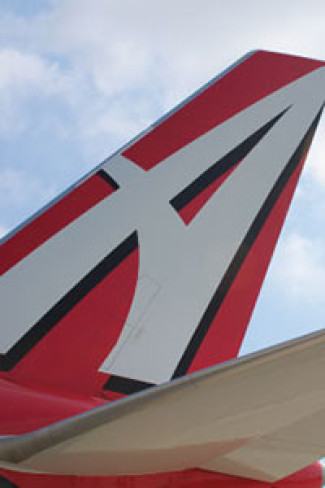Why Is It So Hard for Airlines to Maintain Profitability?

Photo by Kenny Eliason on Unsplash
After a period of unprofitability, the airline sector returned to healthy profits last year with a net profit of $23.3 billion, according to the International Air Transport Association (IATA). Fortunately, for 2024, the industry is expected to continue profitability with net of $25.7 billion.
Unfortunately, for many individual airlines, achieving and maintaining profitability is still a constant challenge. Let’s take a look at the reasons why:
High Fixed Expenses: The upkeep, infrastructure, and aircraft of airlines come with hefty fixed expenses. These expenses don't go away, even in times of strong demand, which reduces profit margins.
Price Competition: When airlines compete fiercely, it frequently results in fare wars that lower ticket costs and decrease profitability. Airlines find it difficult to raise rates without losing market share due to consumers' growing sensitivity to pricing.
Fuel Price Volatility: Airlines incur large expenses for fuel, and changes in oil prices can have an erratic effect on their bottom line. This volatility is a result of both geopolitical and economic developments, which increases the financial uncertainty faced by airlines.
Operational Challenges: Weather delays, airspace congestion, and technical problems are examples of operational interruptions that can cause schedule disruptions and cost increases. In addition to degrading consumer happiness, these disruptions need expensive operational changes.
Regulatory Compliance: In order to comply with strict safety and regulatory requirements, airlines may have to pay extra. Adherence to environmental standards, including those pertaining to emissions, presents fiscal obstacles as well.
Fluctuations: Demand is cyclical in nature because the airline sector is vulnerable to both exogenous shocks like pandemics and geopolitical conflicts, which can significantly lower demand. Such downturns frequently demand a large time and financial investment to recover from.
-

Allegiant Air 10/28/2024
-

Air Wisconsin 10/23/2024
-

Piedmont Airlines 10/16/2024
-

ABX Air 10/11/2024
-

Premier Private Jets 09/25/2024
 AIRLINE PILOT CENTRAL
AIRLINE PILOT CENTRAL